38+ Sample History Proposal
-
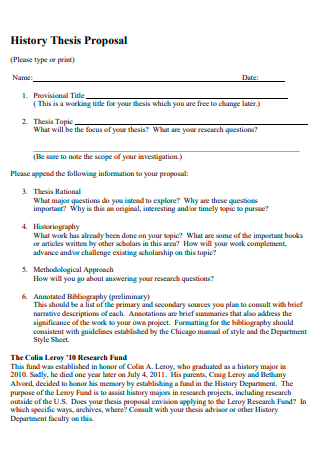
History Thesis Proposal
download now -
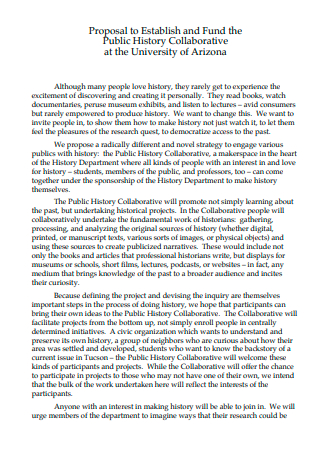
Public History Collaborative Proposal
download now -
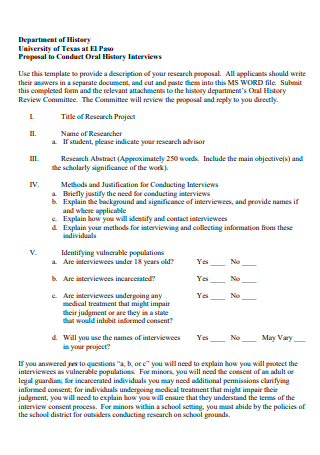
Department of History Proposal
download now -
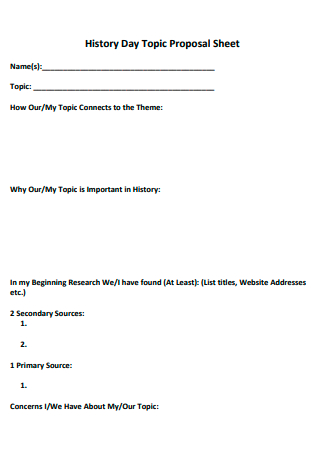
History Day Topic Proposal Sheet
download now -
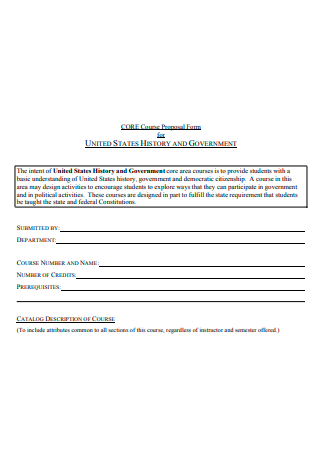
History and Government Course Proposal Form
download now -
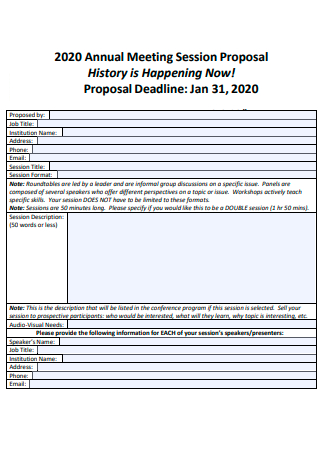
History Annual Meeting Session Proposal
download now -

Depatrtment of History Senior Thesis Proposal
download now -
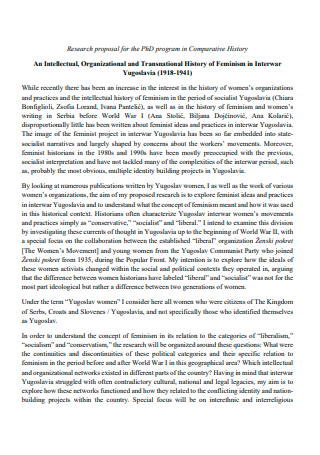
Comparative History Research Proposal
download now -

History and Digital Media Project Proposal Assignment
download now -
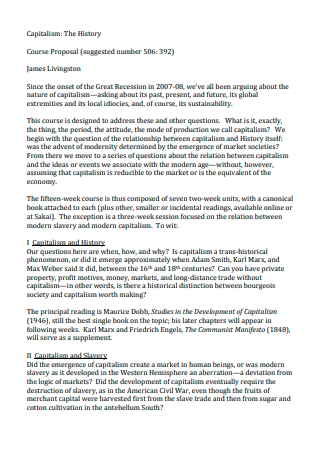
History Course Proposal
download now -
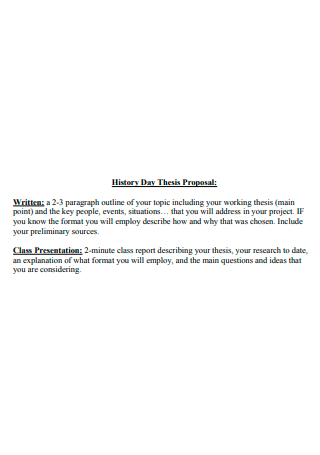
History Day Thesis Proposal
download now -
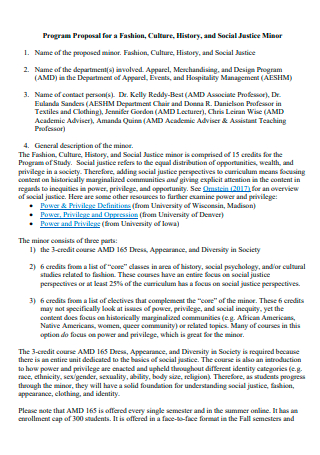
History Program Proposal
download now -
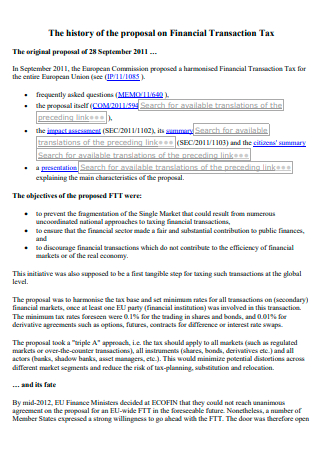
Financial Transaction Tax History Proposal
download now -
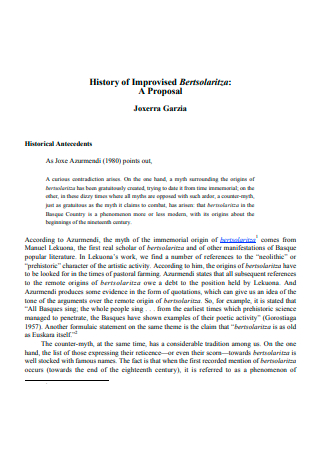
History Proposal in PDF
download now -
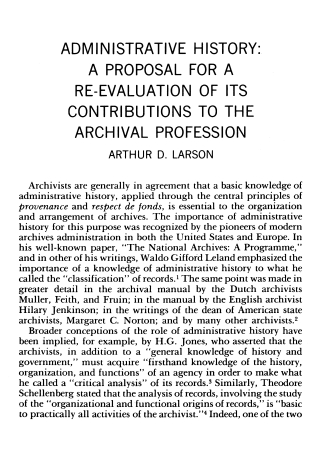
Administrative History Proposal
download now -

History Fund Proposal
download now -
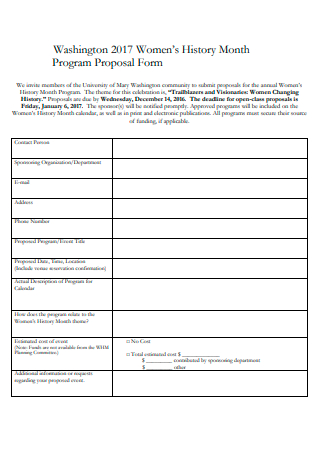
History Month Program Proposal Form
download now -
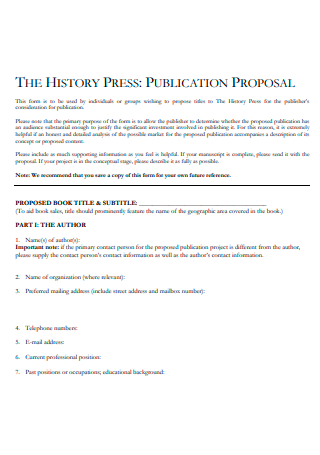
History Press Publication Proposal
download now -
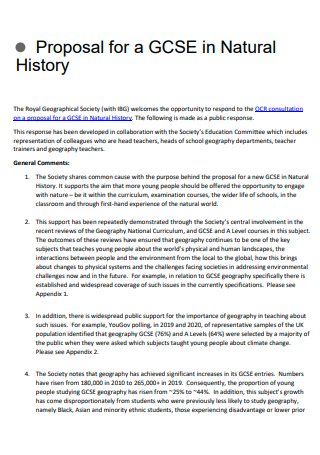
Natural History Proposal
download now -
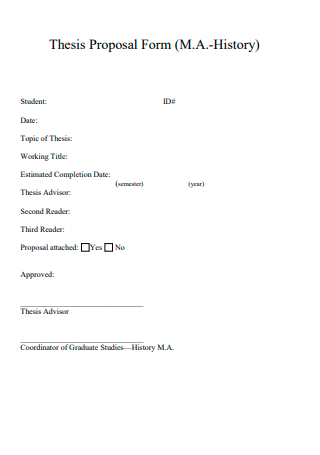
History Thesis Proposal Form
download now -
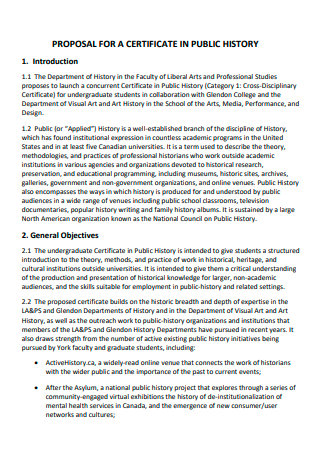
Public History Proposal For a Certificate
download now -
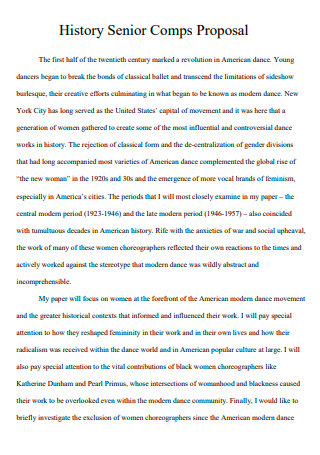
History Senior Proposal
download now -
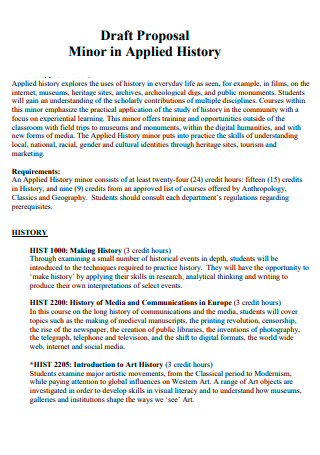
Minor in History Proposal
download now -

Basic History Proposal
download now -
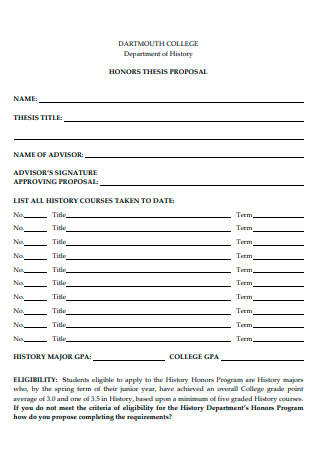
History Honors Thesis Proposal
download now -
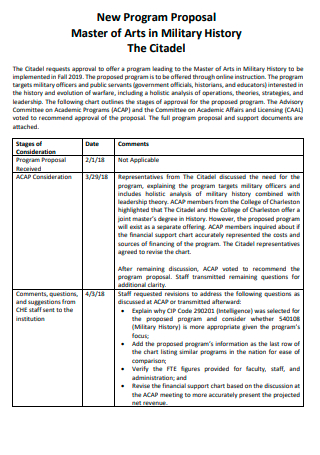
Master of Arts in Military History Program Proposal
download now -
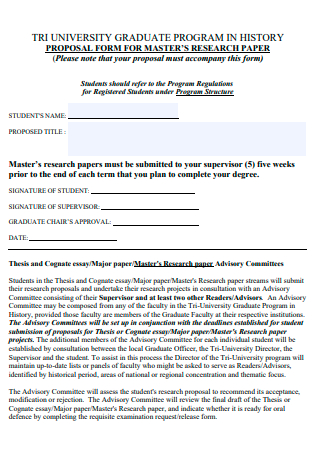
Graduate Program History Proposal Form For Master Research
download now -
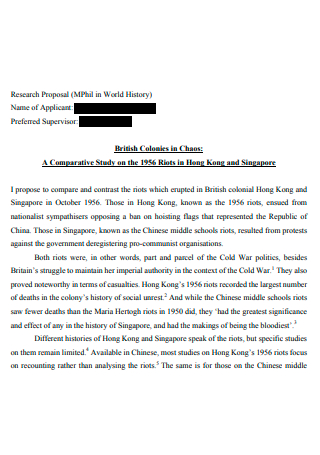
World History Research Proposal
download now -
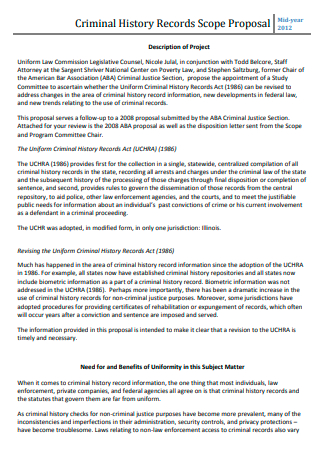
Criminal History Records Scope Proposal
download now -

Family Water Alliance History Project Proposal
download now -
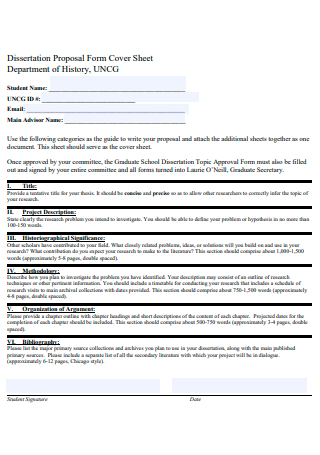
History Disseration Proposal Form
download now -
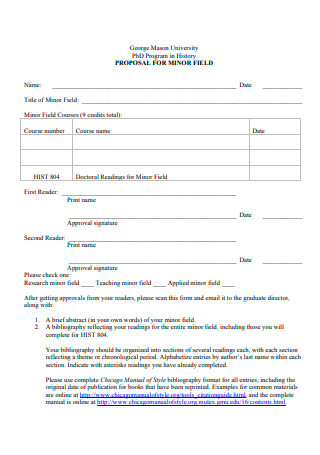
Program in History Proposal For Minor Field
download now -
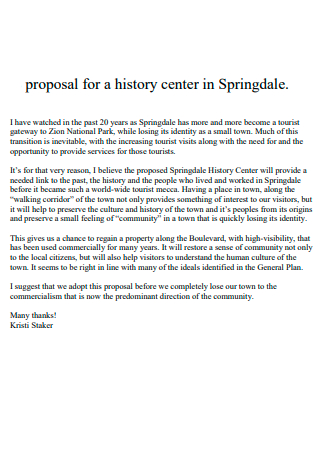
History Center Proposal
download now -
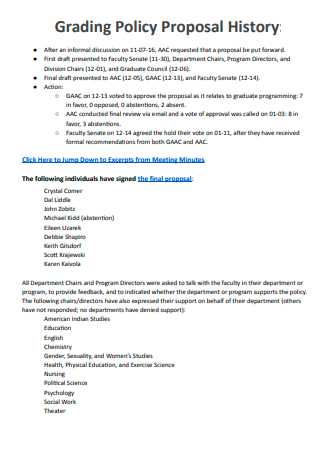
History Proposal Grading Policy
download now -
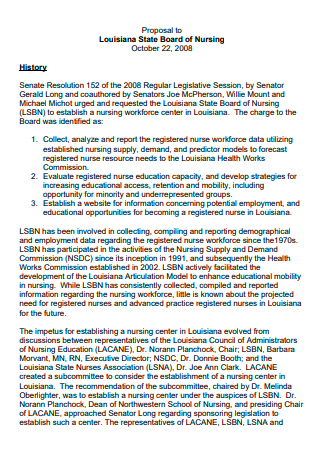
Board of Nursing History Proposal
download now -
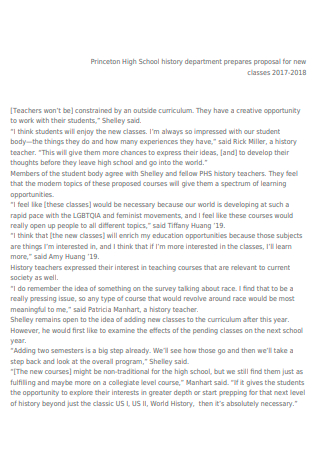
High School History Proposal
download now -
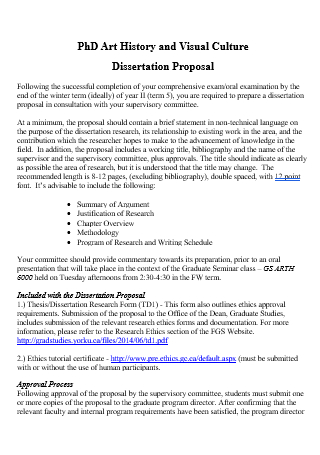
History and Visual Culture Dissertation Proposal
download now -

History Design Proposal
download now -
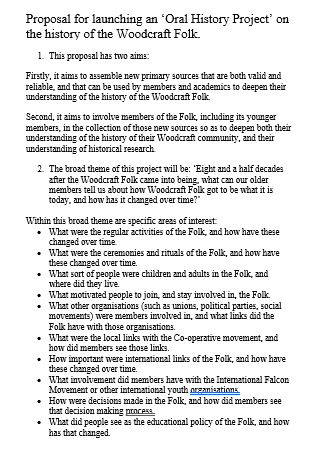
Oral History Proposal
download now
FREE History Proposal s to Download
38+ Sample History Proposal
What Is a History Proposal?
Ideas for a History Proposal
Tips to Read History Better
How to Create a History Proposal
FAQs
How do you write a history proposal?
What should a history research proposal include?
What are the main sources of historical research?
What Is a History Proposal?
A history proposal is a written and formal proposal touching on any area of history as a discipline. The proposal outlines and initiates further research while prompting a deeper discussion of a historical topic.
According to an article by the University of Wisconsin-Madison, there are a few solid reasons why it is absolutely important to study history. For one, the past teaches people about the present. History also allows people to develop empathy by studying or examining the lives and struggles of others who came before them. In relation to that, immersing in history can become deeply personal too. And lastly, learning about history can be likened to solving or investigating a mystery.
Ideas for a History Proposal
If you are a student researcher, history can be one of the most interesting topics you can cover for an academic paper. Not only is history a basic and universal discipline, it connects humanity in so many different ways. As a field of study, history is meant to be a humanist discipline because of its potential to encapsulate the entire spectrum of human experience. The examples below are just some ideas you can draw from when you make your own history proposal.
Tips to Read History Better
Back in school, the traditional way of teaching history was reduced to the memorization of names, dates, and a series of chronological events that were forgotten once exams were over. But in order to truly appreciate and understand history, one must go beyond memorization. A richer, deeper and more engaging way to read history can be achieved with the following tips:
How to Create a History Proposal
To create a history proposal, you need several key components. And if you are on a tight schedule, you can easily use an existing template as a guide. Browse the sample proposals above and download one to customize it. Simply follow the steps below once you have decided on a template.
Step 1: Introduction
Like any formal proposal, start with an introduction. Keep your introduction brief and general. A short summary report like an abstract should suffice. You want to be able to explore or touch a little on why it is important to study your topic. A good introduction offers just enough details to hook the reader but at the same time also leaves room for the imagination. It should propel your reader to want to find out more about your chosen historical topic.
Step 2: Research Problem
The next step is to state your research problem statement and provide some background on it. The objective of a history proposal, after all, is to explore and gain insight to your historical topic. The significance of the study and its relation to society can be further examined in this section. Remember that a research problem is key to any proposal. It serves as the overarching theme of the entire proposal. It sets the tone and direction of the paper.
Step 3: Review of Related Literature
An important section of a history proposal is the review on related literature review. This is where you gather as much information from external sources as you can to better support your arguments in the proposal. Not only do you share the existing information and researched facts on your given topic, but you can go further and examine these sources. Where did these sources come from? What type of literature are they? Are they first-hand accounts or secondary external sources?
Step 4: Research Design and Methods
Your history proposal must clearly outline your proposed research design. How do you intend to approach your research problem? What strategies and methods are you going to employ in order to achieve your objectives? Since history is considered more of a qualitative study, methodology practices such as interviews and formal surveys are typically used to collect data. This section of your proposal may also include a projected timeline of your tasks and objectives. The bottom-line is you are able to choose a research design and framework that can best highlight your historical topic. In addition, you should review our Research Design Statement.
FAQs
How do you write a history proposal?
Before writing a history proposal, make sure you have a good topic in mind. Like any formal proposal, you need to have a research statement or problem prepared. You need this to build your argument and supporting data for the rest of the contents in your proposal. One practical option is using an existing template to serve as a reference guide that can help you fast track the creation of your proposal.
What should a history research proposal include?
A history research proposal should include a title, introduction, statement of the problem, methodology and research design, review of related literature, projected timeline or schedule, and a bibliography.
What are the main sources of historical research?
According to the University of Washington Tacoma, the main sources used in historical research are primary and secondary resources. Examples of primary sources include letters, interviews, diaries, and oral histories. Books and articles written about a certain topic can be classified as secondary sources.
Don’t allow your history proposal to be just another written, ordinary proposal. Make sure that your proposal topic is something you are passionate about. Choosing a subject that piques your interest will enable you to engage better with history. Browse the sample templates above and start drafting your own history proposal today!
